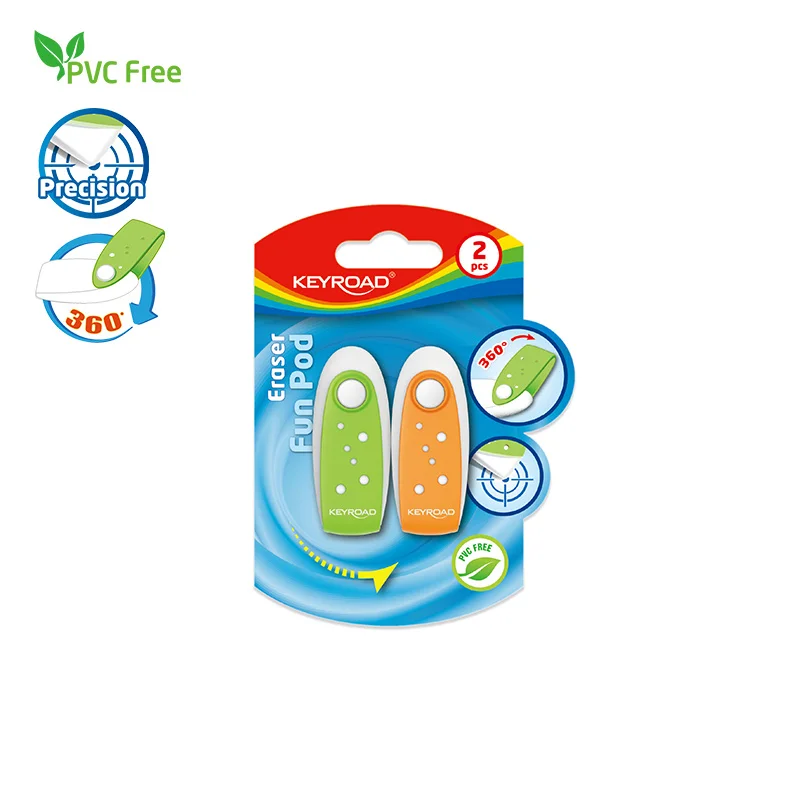In today's fast-paced world, where lighting plays a crucial role in our daily lives, it is essential to understand which light source offers the best brightness. Whether it's for our homes, offices, or outdoor spaces, selecting the right lighting solution can significantly impact our productivity, mood, and overall well-being. In this comprehensive blog post, we will delve into the intricacies of various light sources, their brightness levels, and their suitability for different settings. So, let's embark on this enlightening journey to discover the ultimate light for brightness.
- Understanding Brightness:
Brightness, often measured in lumens, refers to the intensity of light emitted by a source. It determines the level of illumination in a given area. While wattage was traditionally used as a measure of brightness, lumens provide a more accurate representation. Higher lumens indicate brighter light, while lower lumens signify dimmer light. - Incandescent Lights: A Classic Choice:
Incandescent lights have long been a popular choice due to their warm and inviting glow. However, when it comes to brightness, they may not be the most efficient option. With an average brightness of around 800 lumens, incandescent lights are suitable for creating a cozy ambiance in residential spaces but may fall short in areas that require intense illumination. - Fluorescent Lights: Balancing Efficiency and Brightness:
Fluorescent lights have gained popularity for their energy efficiency and longevity. They offer a higher brightness level compared to incandescent lights, typically ranging from 1,000 to 2,600 lumens. This makes them suitable for commercial spaces, such as offices, where a balance between brightness and energy consumption is crucial. - LED Lights: Illuminating the Future:
LED (Light Emitting Diode) lights have revolutionized the lighting industry with their exceptional brightness and energy efficiency. With an average brightness ranging from 1,600 to 3,000 lumens, LED lights outshine both incandescent and fluorescent lights. Their versatility allows them to be used in various settings, from residential to industrial, providing optimal brightness while minimizing energy consumption. - Considerations for Outdoor Lighting:
When it comes to outdoor lighting, factors such as weather resistance, durability, and brightness play a vital role. In this context, LED lights once again emerge as the best choice. Their robust construction, ability to withstand harsh weather conditions, and high brightness levels make them ideal for illuminating pathways, gardens, and outdoor recreational areas. - Smart Lighting Solutions:
In the era of smart technology, lighting has also evolved to offer intelligent solutions. Smart lighting systems, often powered by LED technology, allow users to control brightness levels, color temperatures, and even create personalized lighting schedules. These advanced systems not only provide optimal brightness but also enhance energy efficiency and convenience.
Conclusion:
In the quest for the best light for brightness, LED lights emerge as the clear winner. With their superior brightness levels, energy efficiency, and versatility, they outshine traditional incandescent and fluorescent lights. Whether it's for residential, commercial, or outdoor settings, LED lights provide the perfect balance between brightness, functionality, and sustainability. So, embrace the brilliance of LED lighting and illuminate your surroundings with utmost efficiency and style.



